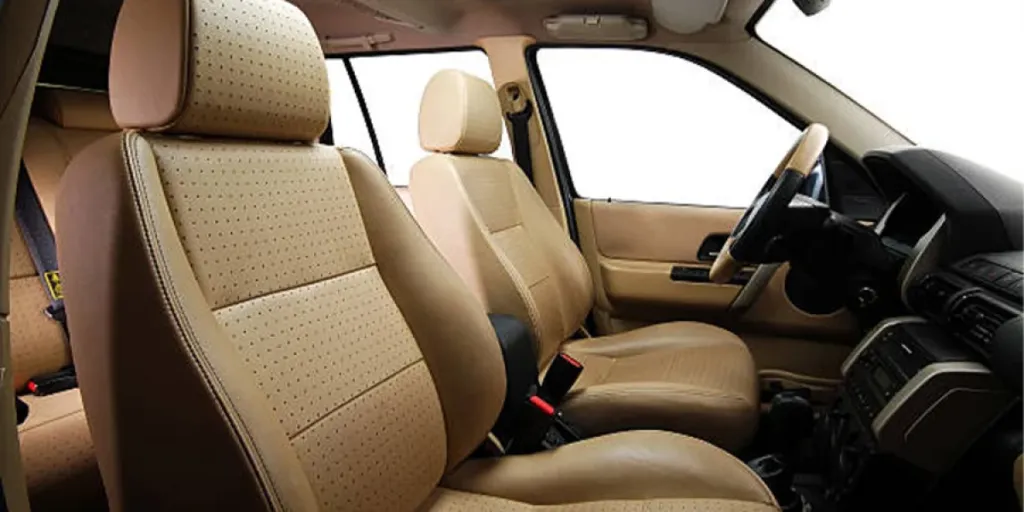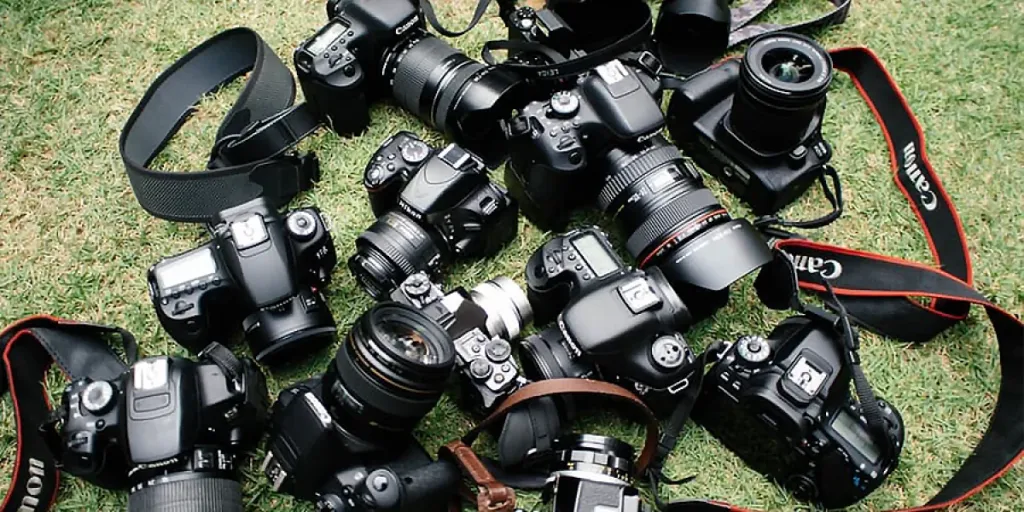Screwdrivers are arguably one of the most important tools in any toolbox—whether consumers are professional contractors or casual DIYers. They can easily handle driving and removing screws in countless household and industrial tasks.
Despite how simple they look, screwdrivers come in various shapes and sizes, each designed for specific types of screws and specific work requirements. This guide will walk retailers through 15 screwdriver sets they should consider stocking in 2025.
Table of Contents
15 Types of screwdriver sets to consider in 2025
1. Flathead (slotted) screwdriver set
2. Clutch screwdriver set
3. Phillips screwdriver set
4. Hex screwdriver set
5. Robertson (square) screwdriver set
6. Offset screwdriver set
7. Ratcheting screwdriver set
8. Precision screwdriver set
9. Multi-bit screwdriver set
10. Electric screwdriver set
11. Pozidriv screwdriver
12. Torx screwdriver
13. Tri-wing screwdriver
14. Jeweler’s screwdriver
15. Computer screwdriver
Bottom line
15 Types of screwdriver sets to consider in 2025
1. Flathead (slotted) screwdriver set

- Best for: Tightening or loosening screws with a single, straight slot.
The flathead, also called a slotted screwdriver, is the first screwdriver that comes to mind for most people. It has a simple, wedge-like tip that slips into the linear notch of a slotted screw. Flathead screwdrivers come in various sizes, from miniature precision tips for electronics to large, heavy-duty tips used in automotive work.
2. Clutch screwdriver set
- Best for: Working with older bowtie-shaped “clutch” screws or the newer anti-theft clutch screws.
The clutch screwdriver is tailored for unique clutch-head screws, originally used in manufacturing mobile homes, RVs, and older vehicles from the ’50s. These clutch-head screws have a distinctive bowtie-like opening.
Newer clutch-head screws are often called security screws or “one-way” screws because they’re designed to go in easily but are extremely tough to remove—this helps deter theft. In many cases, consumers can install these screws with a flathead, but they’ll need a special clutch screwdriver if they want to remove them later without damaging the screw or surface.
3. Phillips screwdriver set

- Best for: Driving or removing screws with an X-shaped notch.
Named after its inventor, Henry F. Phillips, the Phillips screwdriver features a cross-shaped tip with more traction than a flathead. Because the contact area between the driver tip and the screw’s recess is larger, users typically get better torque and control.
Retailers can offer Phillips screwdrivers in multiple sizes and lengths; some sets even include mini Phillips tips for electronics. An offshoot of the Phillips family is the Frearson screwdriver, which is more common in marine applications due to its sharper tip and slightly different angle.
4. Hex screwdriver set
- Best for: Tightening or loosening screws and bolts with a six-sided (hex) recess.
A hex screwdriver fits screws that typically match the shape of Allen wrenches. You’ll commonly see these in flat-pack furniture or items that need a solid, slip-free fit since the six-sided opening reduces the chance of stripping. Hex screwdrivers also come in a range of sizes.
5. Robertson (square) screwdriver set
- Best for: High-torque applications with square-shaped screw heads.
Known as square-drive screwdrivers outside of Canada, Robertsons have a distinct square tip that locks firmly into a square recess on the screw. This snug fit means fewer slips and better torque handling, which is why they’re more common in carpentry or automotive settings. They’re especially good for tasks that require speed or high torque since the screw remains stable on the tip.
6. Offset screwdriver set
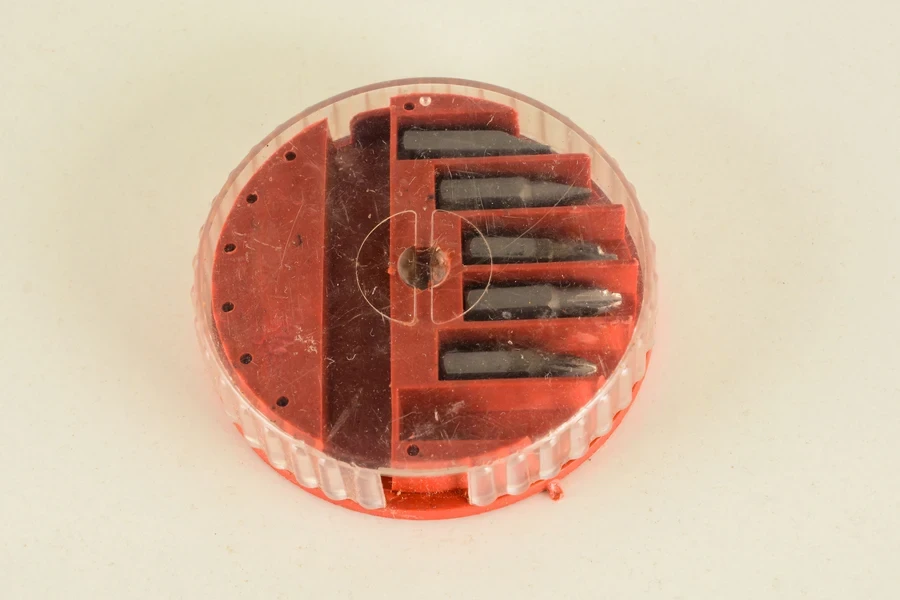
- Best for: Working in extremely tight or awkward spaces.
An offset screwdriver has a Z-shaped (or S-shaped) design with two driver ends. One end might be a flathead, the other could be Phillips, or both ends might have the same tip in different sizes. Because the handle is turned sideways, you can work in corners or low-clearance spaces where a standard screwdriver’s length would never fit.
7. Ratcheting screwdriver set
- Best for: Fastening or removing screws continuously, without having to lift and reposition the driver each time.
A ratcheting screwdriver spins freely in one direction (usually adjustable via a small switch) and grips in the opposite direction. This mechanism speeds up repetitive tasks, like driving long screws or working in confined areas, because you don’t have to take the driver out of the screw head after each turn.
Note: Many pros consider a ratcheting screwdriver a must-have in toolboxes, especially for assembly tasks where you’ll be driving many screws in a row.
8. Precision screwdriver set
- Best for: Small-scale electronics, appliance repairs, eyeglass frames, or other tiny fasteners.
Precision screwdrivers are slender tools with exceptionally fine tips. They’re often sold in sets with flat heads and miniature-sized Phillips heads. A standard driver won’t do the trick when consumers fix a pair of glasses, open a phone, or repair a delicate circuit board. That’s where precision screwdrivers shine.
9. Multi-bit screwdriver set
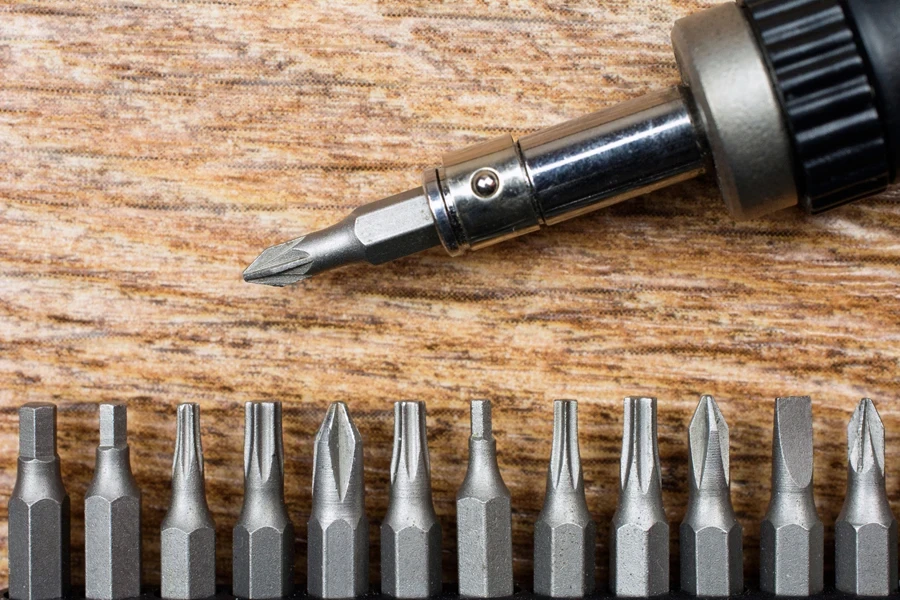
- Best for: General, everyday use and maximum versatility in a small package.
A multi-bit screwdriver has a hollow or removable shaft that stores various interchangeable bits inside. You can swap these bits (slotted, Phillips, Torx, hex, Robertson, etc.) to match whatever screw head you’re working with. Because the fit between the bit and the shaft can be loose, they might not handle super high torque as reliably as dedicated screwdrivers—but they’re a real space-saver if consumers want multiple driver types without carrying 10 different tools.
10. Electric screwdriver set
- b Projects needing speed, convenience, and minimal user effort.
An electric screwdriver handles the rotation using a battery or a corded motor. That advantage helps reduce wrist fatigue and overall project time—particularly handy if consumers are driving a large number of screws in one go. Like a drill, they can swap out bits (flathead, Phillips, Torx, etc.).
11. Pozidriv screwdriver
- Best for: Reducing slippage (“cam-out”) in Phillips-style screws, particularly in commercial or European hardware.
Pozidriv is a variation of the Phillips design that adds extra contact points between the driver and the screw. This reduces the chance of slipping out (cam-out). Although users can sometimes fudge it and use a Phillips driver on a Pozidriv screw (or vice versa), it’s easy to slip or strip the head.
12. Torx screwdriver
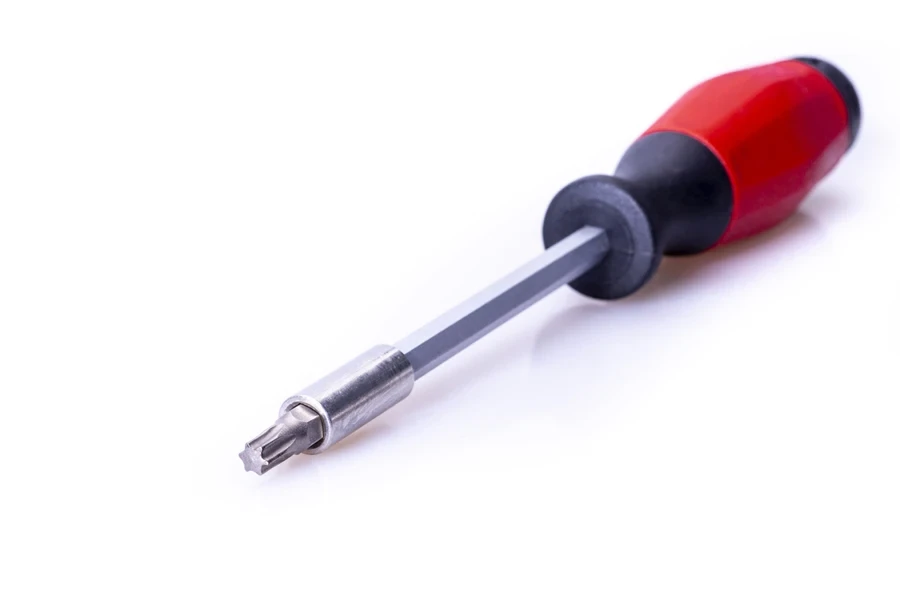
- Best for: Fasteners with a six-pointed, star-shaped head common in appliances, electronics, and automotive settings.
Torx screwdrivers (sometimes called “star drivers”) prevent slippage and distribute torque evenly, which is why they’re popular in manufacturing. Many modern gadgets use Torx screws because they’re more resistant to stripping than Phillips or slotted fasteners. Anyone who does electronic repairs should always have a few Torx sizes on hand.
(Note: There’s also a tamper-proof variant known as “Security Torx,” which has a small pin in the center of the screw recess. Consumers will need a matching hole in their Torx driver for it to fit.)
13. Tri-wing screwdriver
- Best for: Miniature electronics, including cell phones, cameras, and certain gaming consoles.
Tri-wing drivers (or three-point or Y-tip screwdrivers) are used in aerospace manufacturing but appear in many consumer electronics. They have three “wings” radiating from the center of the tip, fitting corresponding tri-wing screws. Anyone planning to open the guts of a phone or a game console should be ready with a tri-wing screwdriver or bit.
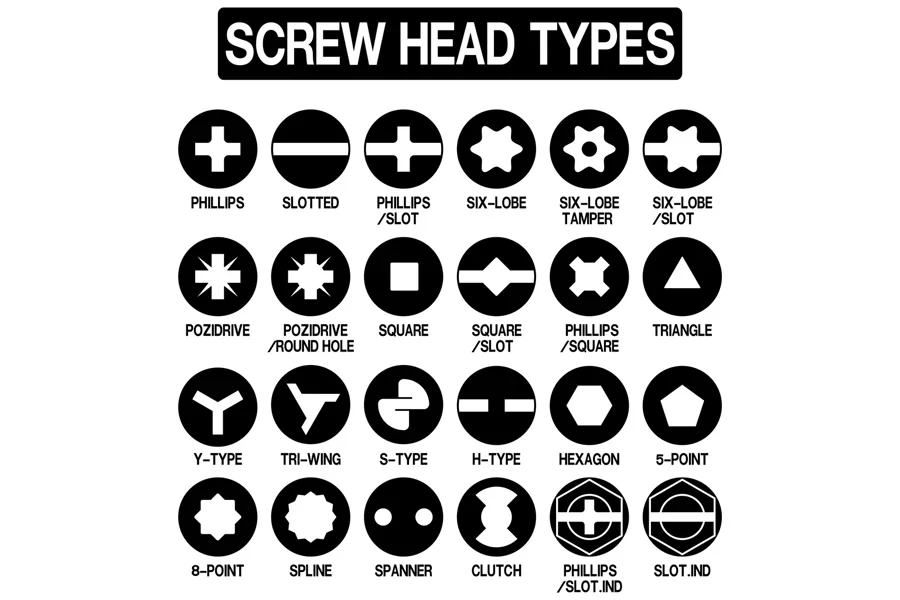
14. Jeweler’s screwdriver
- Best for: Tiny, delicate tasks like watchmaking, small jewelry repairs, or adjusting eyeglasses.
Jeweler’s screwdrivers are essentially micro versions of standard drivers, often with a rotating top that allows users to apply downward pressure with one hand while twisting with the other. They come with flat or Phillips tips (and sometimes others). Retailers might see them cross-labeled as precision screwdrivers, but “jewelers” usually refer to models for fine crafts, watchmaking, or delicate tasks.
15. Computer screwdriver
- Best for: Assembling, disassembling, or upgrading computer components.
Computers and electronics can have a surprising variety of screw sizes and head types. A “computer screwdriver set” generally includes Phillips, flathead, Torx, and possibly tri-wing bits in miniature sizes—along with a magnetic tip for holding tiny screws securely. While consumers can get by with standard precision or jeweler’s drivers, a specialized computer set ensures they can handle every fastener a laptop or desktop can throw at you.
Bottom line
A complete screwdriver set is more than just a few slotted and Phillips drivers. Each of the 15 types above has distinct strengths, allowing consumers to assemble furniture, repair electronics, or work under the hood of a car.
However, most consumers will love to keep a basic variety (like a multi-bit set) for general repairs, then expand their collection with specialty drivers (like Torx or Robertson) if they frequently encounter unique screws. So, don’t hesitate to stock a variety of screwdriver sets—or, better still, combine them into the ultimate set.


